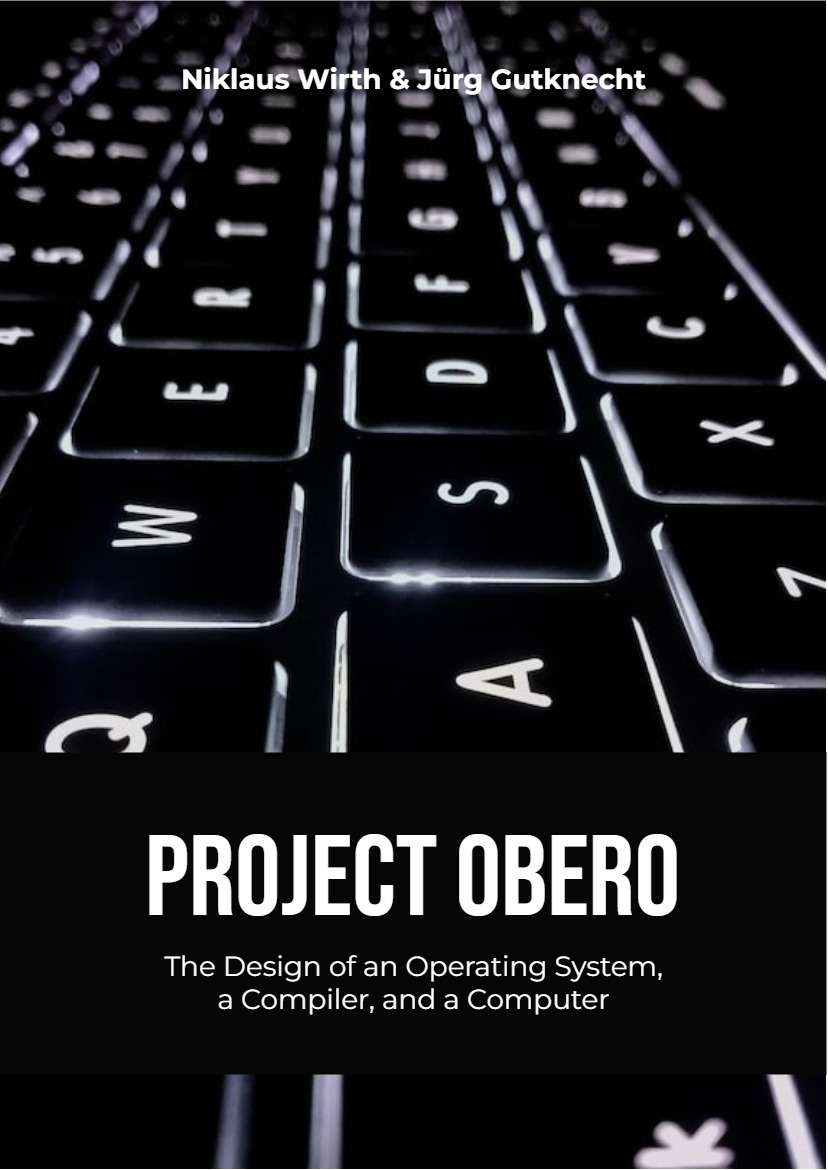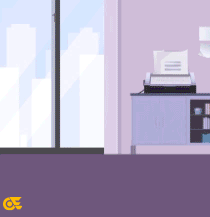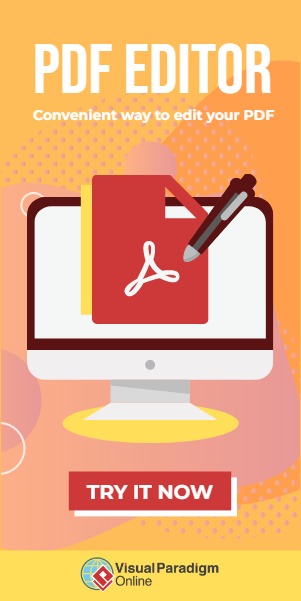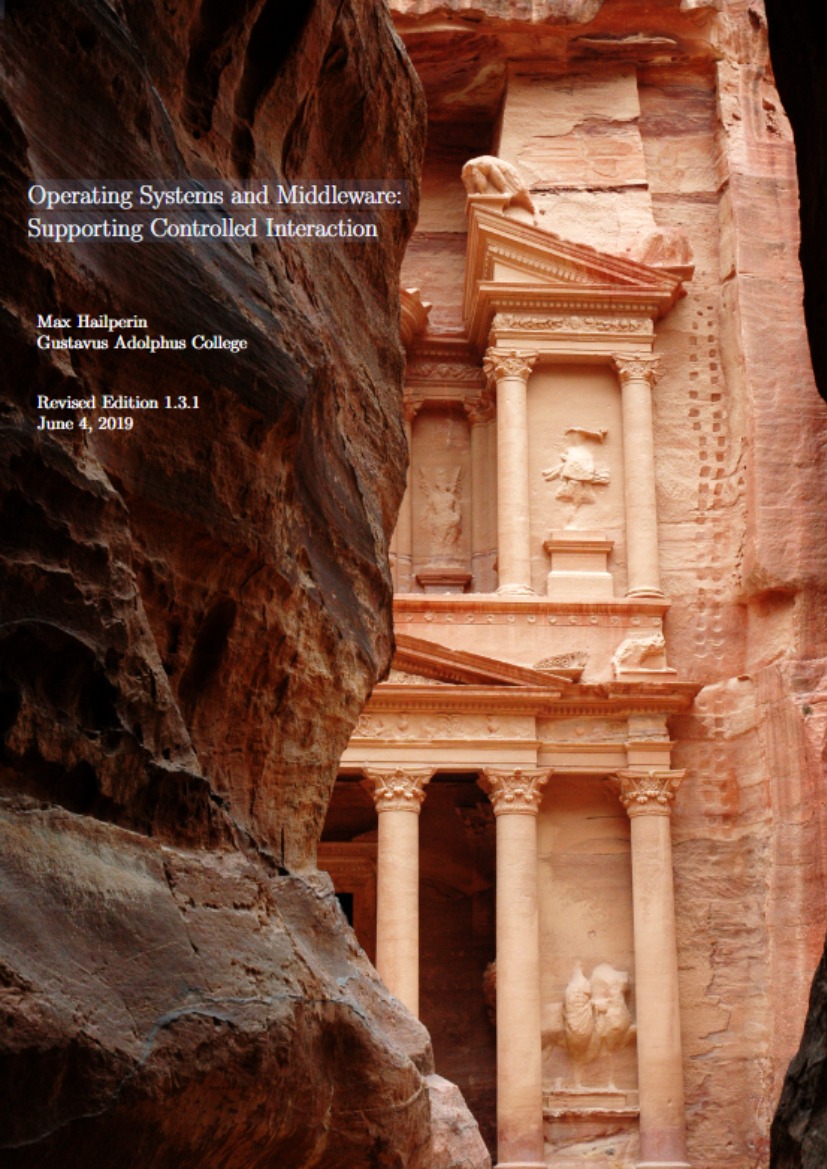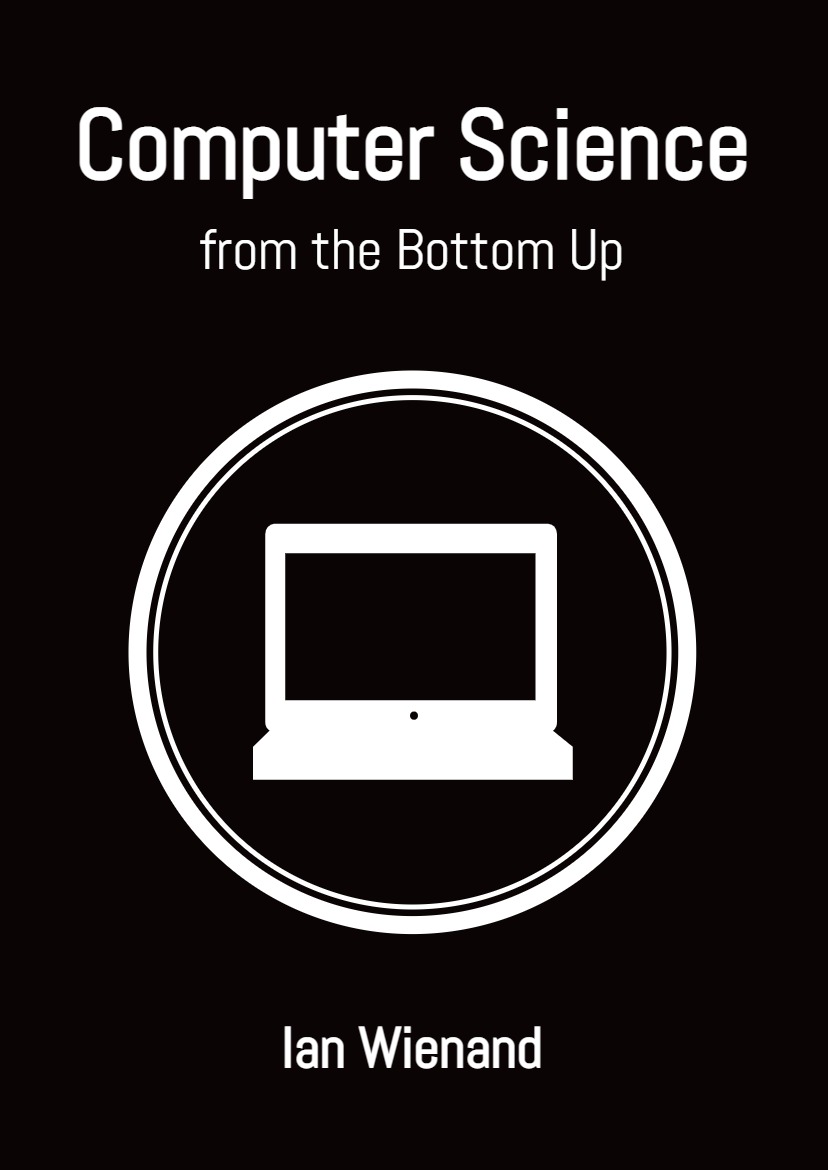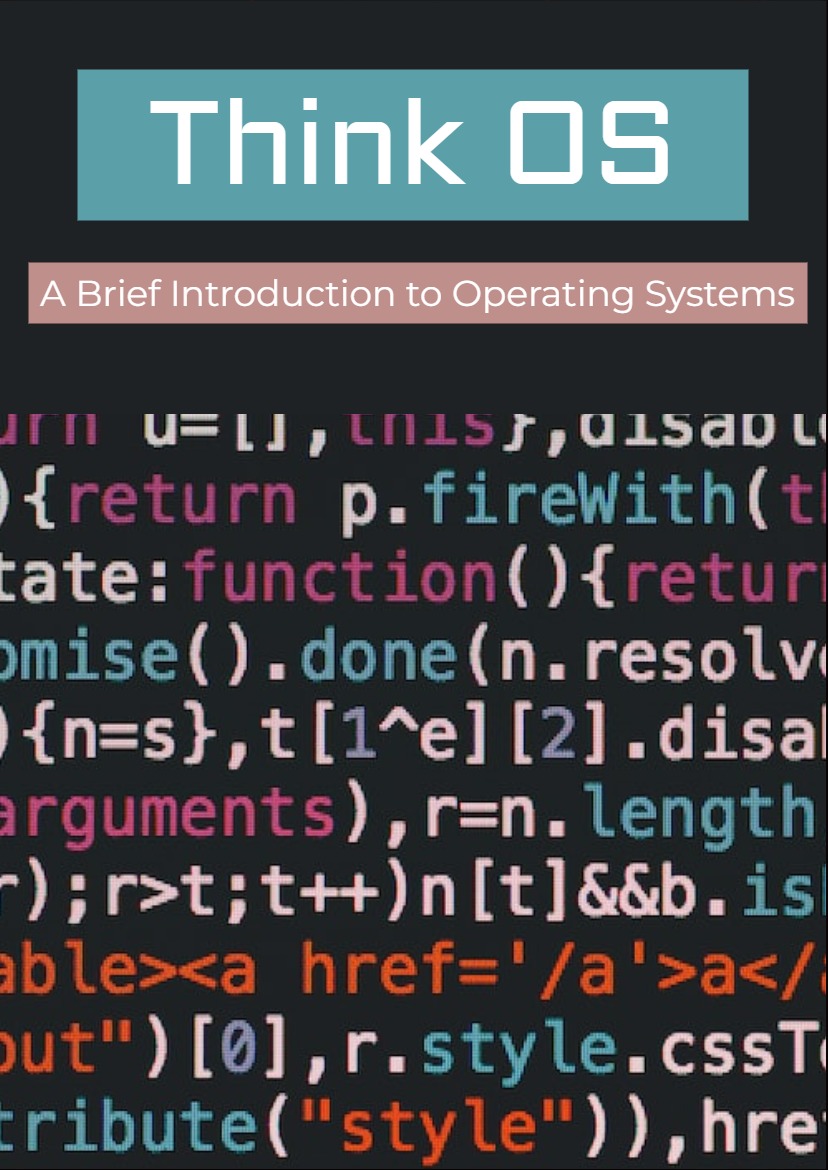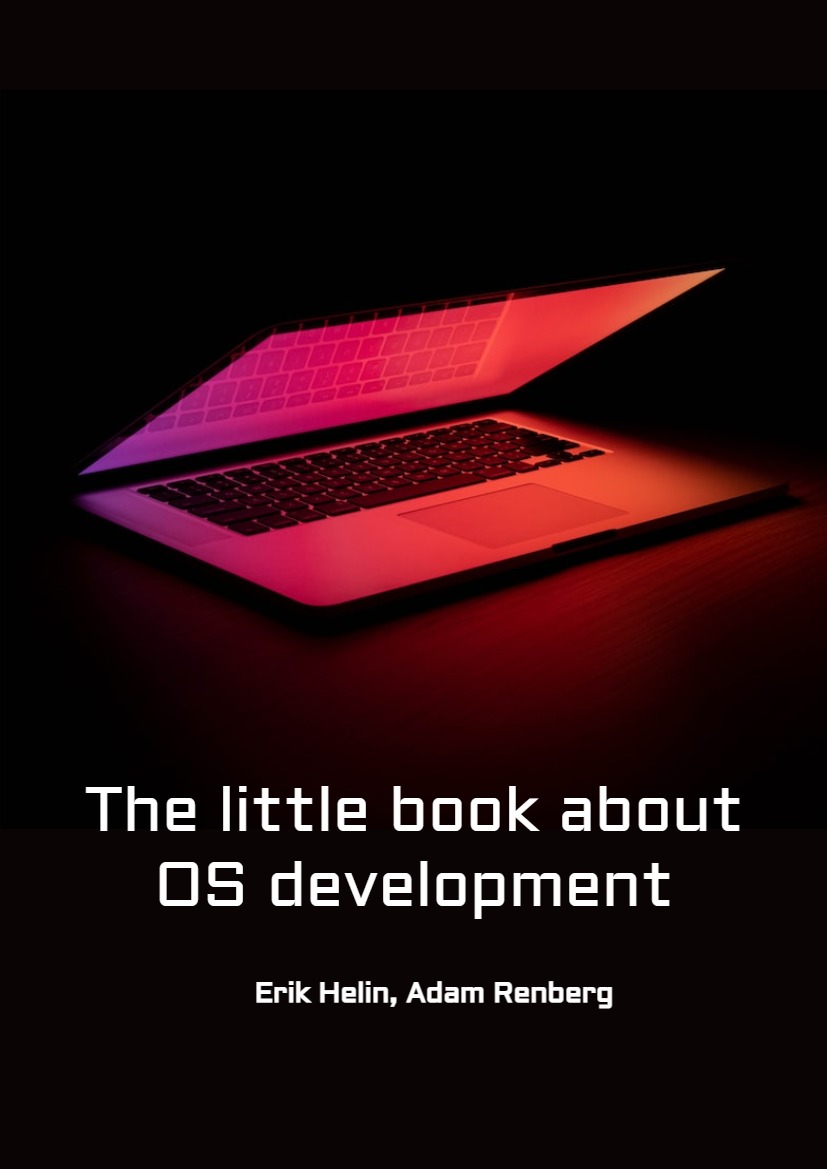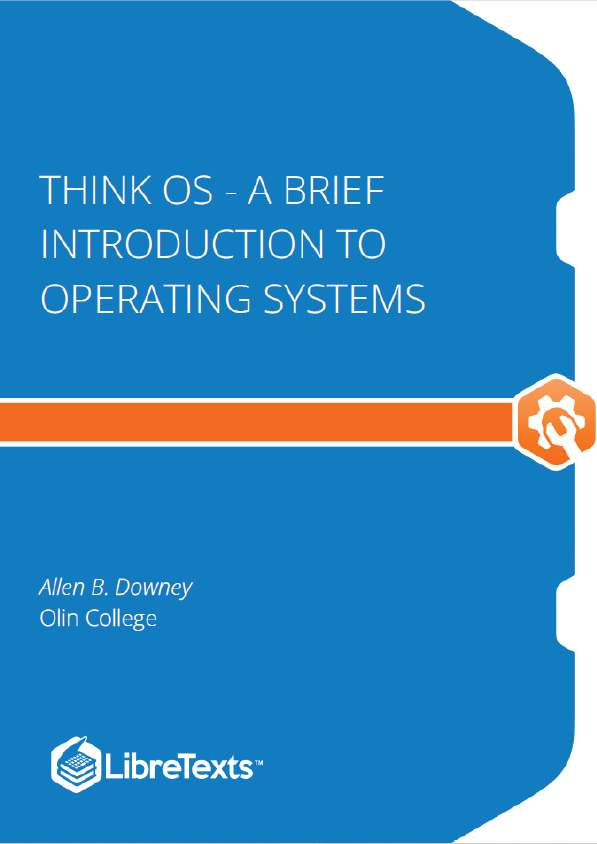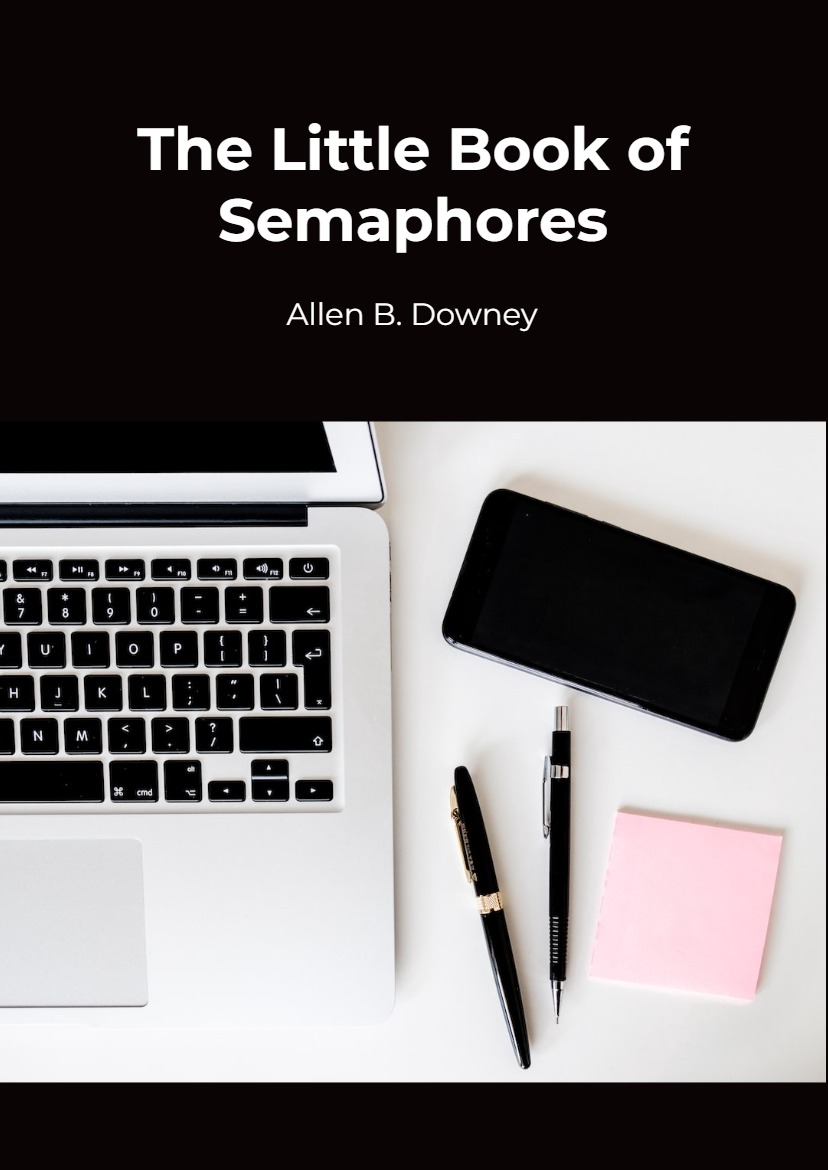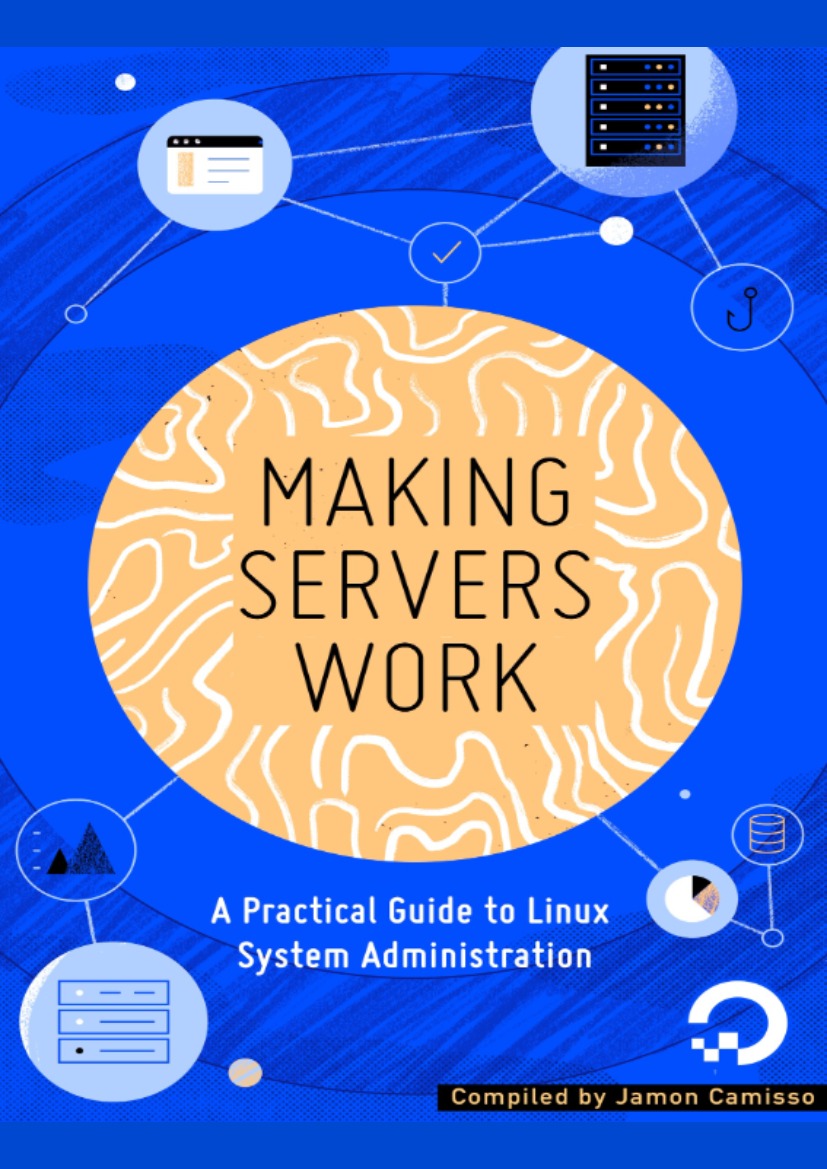2 – Basic concepts and structure of the system
2.1. Introduction
In order to warrant the sizeable effort of designing and constructing an entire operating system from scratch, a number of basic concepts need to be novel. We start this chapter with a discussion of the principal concepts underlying the Oberon System and of the dominant design decisions. On this basis, a presentation of the system’s structure follows. It will be restricted to its coarsest level, namely the composition and interdependence of the largest building blocks, the modules. The chapter ends with an overview of the remainder of the book. It should help the reader to understand the role, place, and significance of the parts described in the individual chapters.
The fundamental objective of an operating system is to present the computer to the user and to the programmer at a certain level of abstraction. For example, the store is presented in terms of requestable pieces or variables of a specified data type, the disk is presented in terms of sequences of characters (or bytes) called files, the display is presented as rectangular areas called viewers, the keyboard is presented as an input stream of characters, and the mouse appears as a pair of coordinates and a set of key states. Every abstraction is characterized by certain properties and governed by a set of operations. It is the task of the system to implement these operations and to manage them, constrained by the available resources of the underlying computer. This is commonly called resource management.
Every abstraction inherently hides details, namely those from which it abstracts. Hiding may occur at different levels. For example, the computer may allow certain parts of the store, or certain devices to be made inaccessible according to its mode of operation (user/supervisor mode), or the programming language may make certain parts inaccessible through a hiding facility inherent in its visibility rules. The latter is of course much more flexible and powerful, and the former indeed plays an almost negligible role in our system. Hiding is important because it allows maintenance of certain properties (called invariants) of an abstraction to be guaranteed. Abstraction is indeed the key of any modularization, and without modularization every hope of being able to guarantee reliability and correctness vanishes. Clearly, the Oberon System was designed with the goal of establishing a modular structure on the basis of purpose-oriented abstractions. The availability of an appropriate programming language is an indispensable prerequisite, and the importance of its choice cannot be over-emphasized.
2.2. Concepts
2.2.1. Viewers
Whereas the abstractions of individual variables representing parts of the primary store, and of files representing parts of the disk store are well established notions and have significance in every computer system, abstractions regarding input and output devices became important with the advent of high interactivity between user and computer. High interactivity requires high bandwidth, and the only channel of human users with high bandwidth is the eye. Consequently, the computer’s visual output unit must be properly matched with the human eye. This occurred with the advent of the high-resolution display in the mid 1970s, which in turn had become feasible due to faster and cheaper electronic memory components. The high-resolution display marked one of the few very significant break-throughs in the history of computer development. The typical bandwidth of a modern display is in the order of 100 MHz. Primarily the high-resolution display made visual output a subject of abstraction and resource management. In the Oberon System, the display is partitioned into viewers, also called windows, or more precisely, into frames, rectangular areas of the screen(s). A viewer typically consists of two frames, a title bar containing a subject name and a menu of commands, and a main frame containing some text, graphic, picture, or other object. A viewer itself is a frame; frames can be nested, in principle to any depth.
The System provides routines for generating a frame (viewer), for moving and for closing it. It allocates a new viewer at a specified place, and upon request delivers hints as to where it might best be placed. It keeps track of the set of opened viewers. This is what is called viewer management, in contrast to the handling of their displayed contents.
But high interactivity requires not only a high bandwidth for visual output, it demands also flexibility of input. Surely, there is no need for an equally large bandwidth, but a keyboard limited by the speed of typing to about 100 Hz is not good enough. The break-through on this front was achieved by the so-called mouse, a pointing device which appeared roughly at the same time as the high- resolution display.
This was by no means just a lucky coincidence. The mouse comes to fruition only through appropriate software and the high-resolution display. It is itself a conceptually very simple device delivering signals when moved on the table. These signals allow the computer to update the position of a mark – the cursor – on the display. Since feedback occurs through the human eye, no great precision is required from the mouse. For example, when the user wishes to identify a certain object on the screen, such as a letter, he moves the mouse as long as required until the mapped cursor reaches the object. This stands in marked contrast to a digitizer which is supposed to deliver exact coordinates. The Oberon System relies very much on the availability of a mouse.
